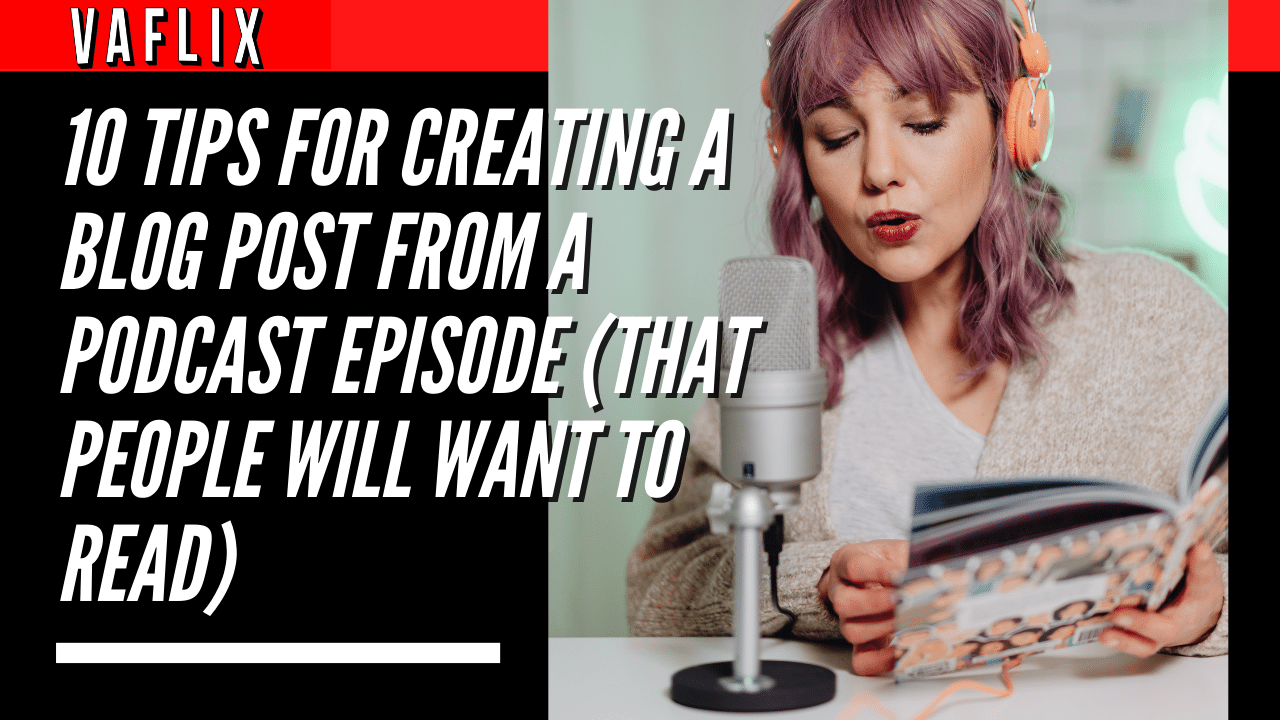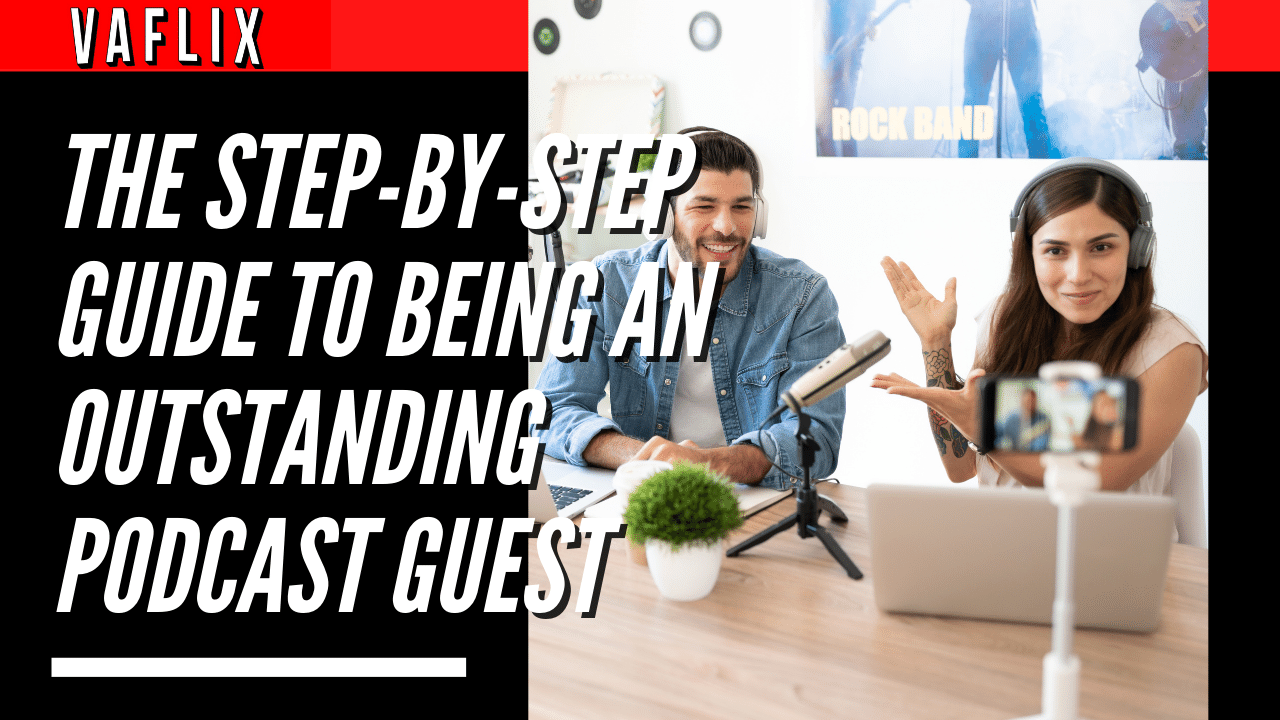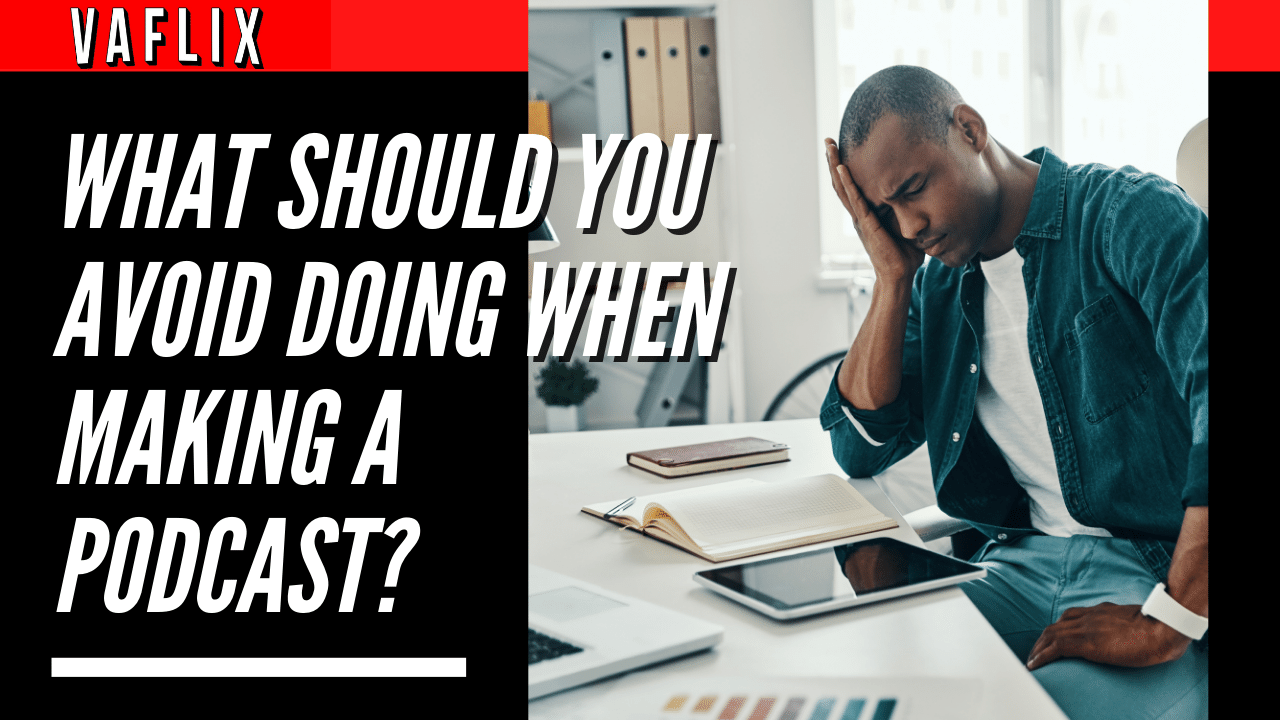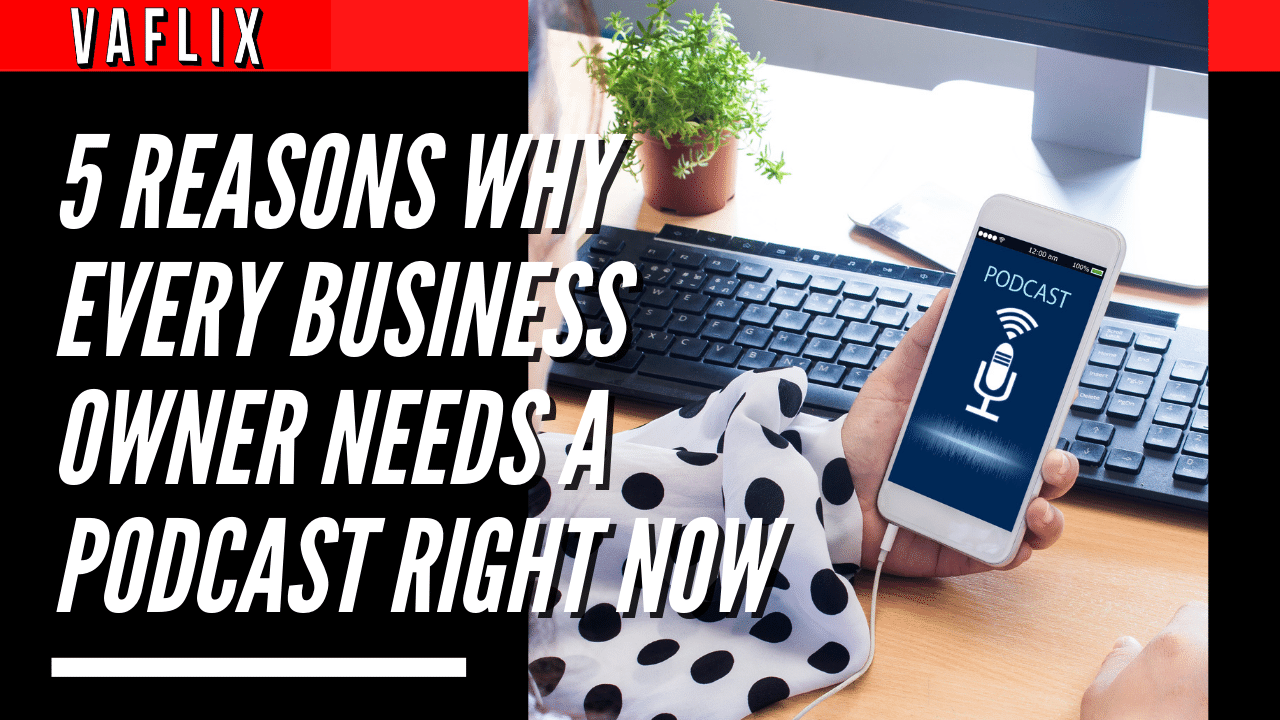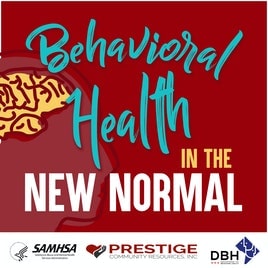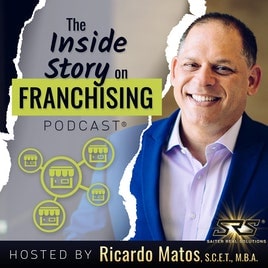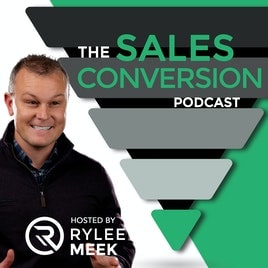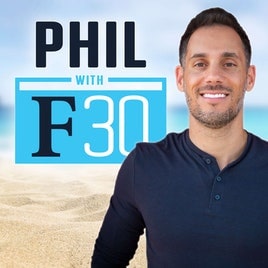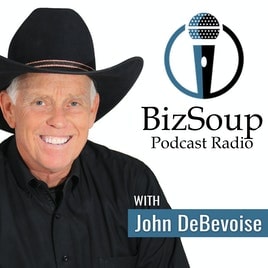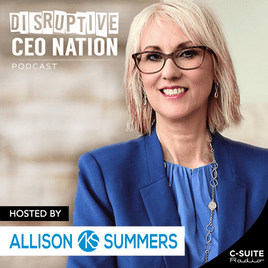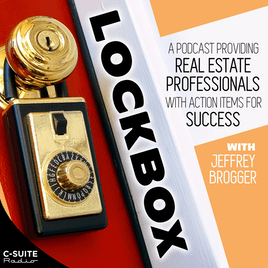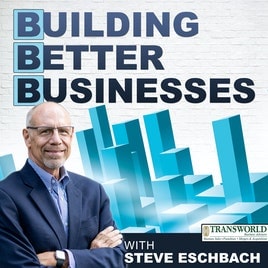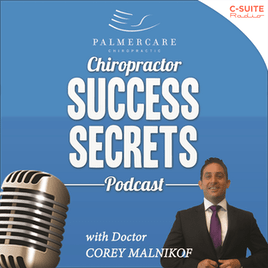10 Tips for Creating a Blog Post from a Podcast Episode
Thinking of Hiring a Podcast Production Agency?
The conversion of podcast episodes into blog articles is a shrewd strategy for expanding one’s audience and bolstering one’s brand.
It broadens the audience that can access the material you’ve already produced, and it gives them a new way to locate you as a source of information. An active blog may establish a home base for your material while also attracting visitors via search, engaging your audience through comments, and providing audience interaction.
In order for this technique to be successful, you will need to produce postings of a high quality. Your website’s content should provide something of value to the reader and not only advertise your podcast. Even if you produce a blog post based on a podcast episode, the article should be able to function as a complete thought on its own.
A excellent method to increase the amount of content you produce and connect with audiences in a variety of locations is to convert your audio podcasts into well-organized and informative written pieces. The process of performing it correctly may take quite a bit of time, but we are here to help you accelerate your learning by drawing on our expertise of having completed this task over a thousand times.
How to repurpose podcasts into quality blog posts
Here are 10 tips from our team at VA FLIX for turning your podcast episodes into high-quality blog posts to help a new audience discover your brand.
1. Get clear on your goals
Blog articles have the potential to increase discoverability in a variety of different ways; nevertheless, each post that you create should select one primary aim to concentrate on, such as the following:
- Search engine optimization (SEO) refers to the process of assisting users in finding your website and podcast through search.
- Promotion of visitors involves presenting the guests’ most interesting thoughts and quotations in order to encourage the guests to share the article.
- The practice of emphasizing the greatest ideas associated with your brand in order to inspire followers to connect with it and share it is known as thought leadership.
The second and third aims may also be readily accomplished via the use of podcast episodes (depending on whether you have guests).
The search engine optimization process involves a deeper dive into a topic than is often obtained with a single interview. If search engine optimization (SEO) is your end aim, you should do keyword research as soon as possible after you decide to participate in an interview. You may optimize a post, though, by elaborating on the issue at hand and providing support in the form of quotations and ideas taken from the podcast.
2. Use a transcript
When it comes to reusing audio and video content, an automatic transcription tool may be an absolute godsend. They are not quite as exact as hand transcription, but they are less expensive (or even free!) and they let you follow along and rapidly grasp the essential elements of an episode.
3. Don’t overwhelm your reader
Podcast interviews often include a great deal of information—far more than can be contained in a single blog article.
It’s inevitable that interviews will have tangents that would render the topic of a written piece unclear, and this is especially true if you post much of the interview unedited.
4. Use quotes selectively
Your writing should have the sensation of a dialogue with the reader, even if it should not necessarily reflect the way people communicate in conversation. Because people who give speeches are often far less succinct and precise than those who write, straight quotations are not usually the most effective method.
When searching for good quotes, watch out for awkward speaking habits, including:
- Restating a train of thought as a straight quotation “Guests typically use a lot of scenario-based examples to illustrate their argument, so don’t be afraid to paraphrase and water down their analogies in order to state their thesis in a manner that is clearer and more succinct.
- Putting an interruption in your own statement. During our conversations, we do this all the time. Always be on the lookout for a speaker to finish a concept they started later on in the discussion.
- Using abbreviations or jargon without providing a context for it. Avoid keeping your audience in the dark. In the textual material, industry jargon and acronyms should be defined.
Use only lines that really carry a punch when you quote them. If that isn’t the case, you are free to paraphrase.
On the other hand, you shouldn’t try to cram even the most compelling quotations into an article if they don’t seem to belong there.
5. Don’t get hung up on the Q&A
The hosts of podcast interviews will often come prepared with a list of questions, but you shouldn’t limit the subject matter of your written material to only those questions and answers.
“Interview podcasts generate a lot of fantastic side dialogues, and they may often contain the most interesting tidbits of information,” says one observer.
It goes beyond the Q&A atmosphere and gets to the reality of what is going on in the thoughts of the person being interviewed.
There is no need to try to force the framework of an interviewer’s questions to suit the format of a blog article. There are occasions when visitors provide replies that are either insufficient or superficial and do not transfer very well to print.
6. Reorganize the conversation as needed
The great thing about text is your ability to restructure. Your blog post doesn’t have to follow the order of the spoken conversation in the episode.
The other two are there, just buried within context and require some decoding on your end to pull out the main points.
Often, nuggets come up later in the conversation that fit a theme talked about earlier. Or the last point made is the strongest one and should lead the article. Don’t be afraid to mix and match and move things around to create a strong, cohesive post.
7. Implement the ‘Huh!’ test
Write down three to five ideas that stand out to you most about each episode as you listen to it. This will serve as a framework for your blog article, which you are free to change as you go along.
Pay attention to the things that catch your attention as you are listening to the episode so that you can zero in on the most important subjects. A reader’s attention will very certainly also be drawn to them.
You may make use of those fascinating chunks to add color and originality to the blog article, even if they don’t provide the reader with the most significant bits of knowledge.
“Keep an ear out for any interesting, humorous, or unexpected tales that visitors share, since they might serve as vignettes within the story. You may use them to demonstrate important topics or as an intriguing introduction.”
8. Fact check!
During an interview, the people being questioned could not have all of their information at hand, or they might just mix up their words or forget something.
Check the accuracy of any names, companies, job titles, years, dates, and other facts that are presented. LinkedIn is an excellent tool for verifying the accuracy of names and employment histories.
9. Get the tone right
To keep your brand consistent across platforms, match the tone of your blog post to the tone of a podcast episode.
Your podcast might have a general voice — informative or entertaining, funny or solemn — but the tone probably changes slightly from episode to episode if you have guests.
To guide the tone of a blog post.
- Find the advice no one else is offering
Your blog article may be able to stand on its own, but ultimately, its purpose is to generate interest in the podcast as well as in your business. To do this, it must have an effect on the person reading it.
Remove any unimportant or repetitive material from the program so that the blog post may concentrate on the most important and novel insights or recommendations that are presented in the show.
PODCAST PORTFOLIO BELOW (Best View on Desktop) Click on “Full Screen” and tap left and right arrows to check the other slides.
VA FLIX PODCAST PORTFOLIO – PODCAST PRODUCTION AGENCY – PODCAST VIRTUAL ASSISTANTS by John Marzan
Podcasting Made Simple with VA FLIX
Wouldn’t it be amazing if you could simply press the record button, wait a few days (sometimes as little as 24 hours), and then publish and deliver a perfectly edited and ready-to-go podcast episode to your audience? No worries! You definitely can!
VA FLIX partners with professionals, busy entrepreneurs, business owners, and top brands to have professionally done podcasts in the most convenient way.
VA FLIX Podcast Productions’ dedicated team will not only take the hard work of post-production off your busy hands but will also relieve you of stress and help you grow your show and connect with your audiences. Our podcast editing service is operated by our own team of millennial audio engineers, talented show note writers, and producers who handle every aspect of your podcast after you record an episode.
You literally only have to record your episode and we’ll take care of the rest. That’s the simplest way to explain the service. We do the real hard work while you chill.
Your team at VA FLIX is a group of skilled professionals that offers:
PODCAST SERVICES FROM VA FLIX
- Launch strategy and podcast consulting.
We’ll first talk about what your podcasting challenges are, what you have tried so far, VA FLIX will discuss the things that you want to happen and how we can help you in leveraging your podcast to achieve your goals.
- Quality Assurance Check Before we Publish.
Your dedicated team will ensure your audio, show notes, artwork and scheduling are ready to publish.
- Audio editing and production.
Basic form editing or advanced multiple-track compilations, we’ve got you covered.
- Written show notes including quotes, links, and keywords for SEO.
Basic or advanced show notes writing services. Whether you need a new blog post or an essay. We write a brief summary and organize notes.
- Video Editing.
Whether you need basic video editing or advanced editing with an effects-driven show, we can help.
- Marketing Services.
We create or revamp your new or current podcast cover art for your podcast channel, we even personalize cover arts per episode, we’ll also include episodic artwork, media direction, marketing assets, or a new website. We’re happy to include Motion graphics for social media promotion
- Audio Leveling & Proper ID3 Keyword Tagging.
Polished and mastered audio files that fit the podcast standards.
- Transcribe your episode (for the all-in-one package).
Our services are intended to be as easy to use as PLUG-N-PLAY. You literally only need to record, and VA FLIX will do the rest. Podcast hosts are relieved that they now have more freedom to focus on the content and connect with their audiences, while we work on the other difficult aspects of podcasting.

